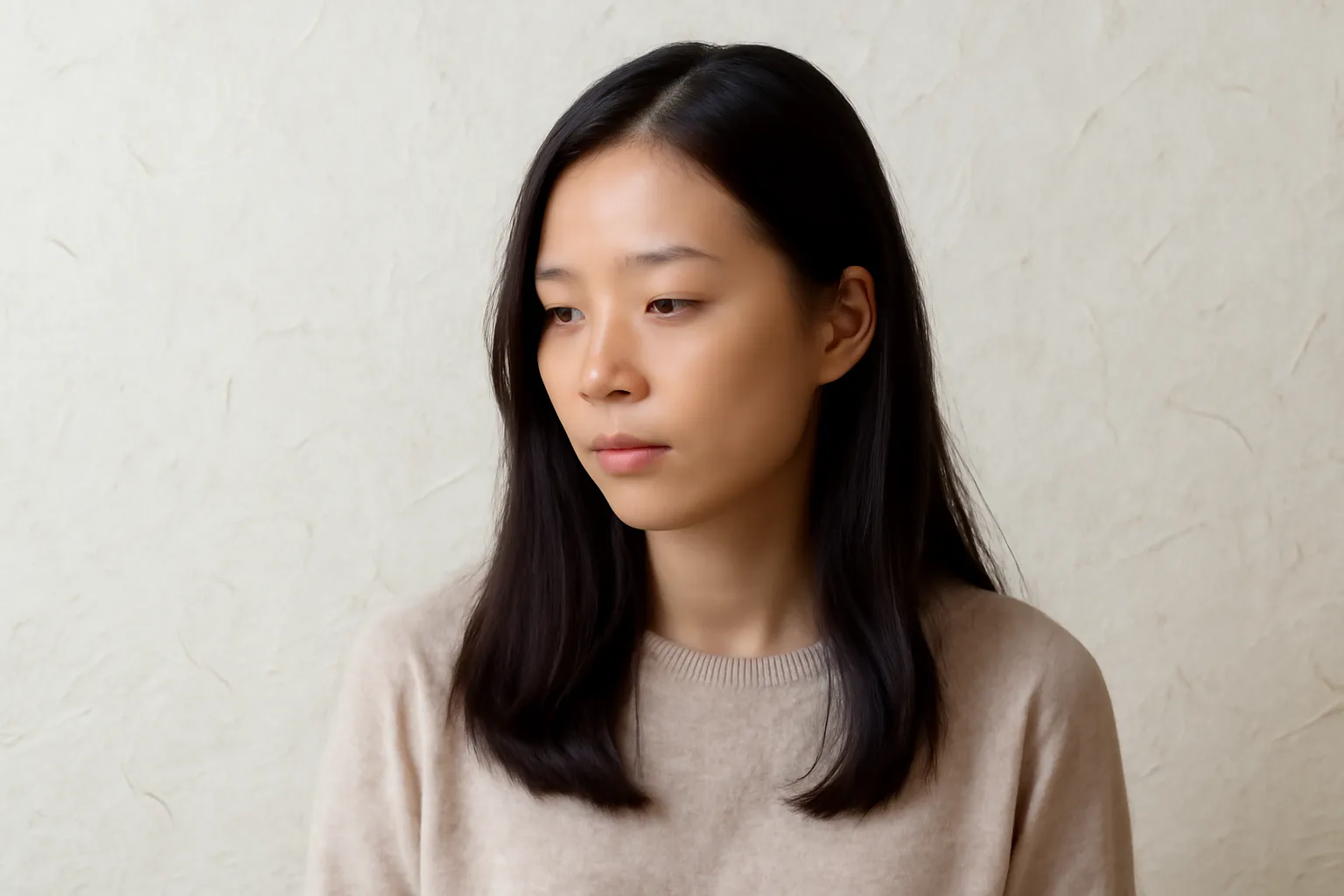In the world of photo editing, Photoshop stands out as one of the most powerful tools for transforming and enhancing images. Whether you’re looking to switch out a background or add something entirely new, Photoshop provides a wide range of features that make it possible. In this article, we’ll explore how to change backgrounds in Photoshop, the best practices for background edits, and how to create beautiful Hanji paper textures or a crisp white background.
Changing the background in Photoshop is a common task, but many beginners find it tricky. Fortunately, with the right steps, anyone can master this skill and take their photo-editing game to the next level. Here’s a look at how you can easily change your background with Photoshop, even if you’re just getting started.
Selecting the Right Tool
The first step to changing your background is choosing the right tool for the job. Photoshop offers several options like the Magic Wand tool, Quick Selection tool, and the Pen tool. Each tool has its strengths, so it’s important to choose the one that best suits the image you’re working with. For instance:
-
Magic Wand Tool: Ideal for selecting large areas of solid color. This works best for high-contrast photos where the background is relatively uniform.
-
Quick Selection Tool: Great for selecting more complex or textured areas. It works by brushing over the area you want to select, and Photoshop intelligently detects edges.
-
Pen Tool: For precise selections, especially when you need to cut out intricate shapes or subjects with hard edges.
Once you’ve selected your tool, you can begin to create a mask around the subject of your image. Make sure the edges are as clean as possible to ensure that the new background blends well.
Removing the Old Background
After selecting your subject, you can use the Refine Edge tool to smooth out the mask and get rid of any rough or uneven areas. Once you’re happy with the selection, hit Delete or apply a Layer Mask to hide the old background. Now, your subject is ready for its new backdrop.
Adding a New Background
To add a new background, simply open the new image you want to use and drag it into your working Photoshop file. You can scale and adjust the new background to fit, and if necessary, use adjustment layers like Brightness/Contrast or Hue/Saturation to match the lighting of the original photo with the new background.
For instance, if you’re placing your subject in a sunset scene, make sure the lighting of the subject matches the warm tones of the sky. This will create a more realistic and seamless effect.
Photoshop Hanji Background
One unique background that can give your images a distinct and artistic feel is a Hanji background. Hanji is a traditional Korean paper, known for its texture and natural feel. To create a Hanji background in Photoshop, follow these steps:
-
Texture Overlay: Find a high-resolution image of Hanji paper. You can search for free texture images online or even create your own by photographing a piece of Hanji paper.
-
Blend the Texture: Once you have your Hanji texture, open it in Photoshop and place it behind your subject. Set the layer to a blending mode such as Overlay or Multiply to integrate the texture with the rest of your image.
-
Add Details: To enhance the Hanji effect, consider adjusting the Contrast and Exposure settings. This will help to emphasize the paper’s unique fibers and add a touch of artistry to your image.
The beauty of a Hanji background lies in its natural imperfections, giving the photo an organic, handcrafted feel. This is perfect for portraits, artistic shots, or any image where you want to convey a sense of tradition and depth.
Photoshop White Background
Sometimes, simplicity is key, and nothing beats a clean white background for product photography, portraits, or social media content. A white background gives your image a professional, minimalist look and keeps the focus squarely on the subject.
To create a white background in Photoshop:
-
Remove the Old Background: Follow the same steps as you would for any background removal. Use your preferred selection tool and refine the edges.
-
Fill with White: Once the old background is removed, create a new layer underneath your subject. Fill this layer with a solid white color using the Paint Bucket Tool or by adjusting the Fill option.
-
Lighting Adjustments: To make your subject pop against the white background, you may need to adjust the lighting of the subject. Use Dodge and Burn tools to add highlights and shadows to your subject’s edges, making them stand out more against the plain white backdrop.
This technique is perfect for product shots, headshots, or any scenario where you need a clean, professional presentation.
In conclusion, Photoshop provides a vast array of tools and techniques to alter backgrounds in a way that fits your creative vision. Whether you’re going for a natural Hanji texture or a minimalist white backdrop, these methods will help you get the results you want. By understanding the basics of selection tools, blending modes, and lighting adjustments, you can elevate your Photoshop skills and create visually stunning images.






